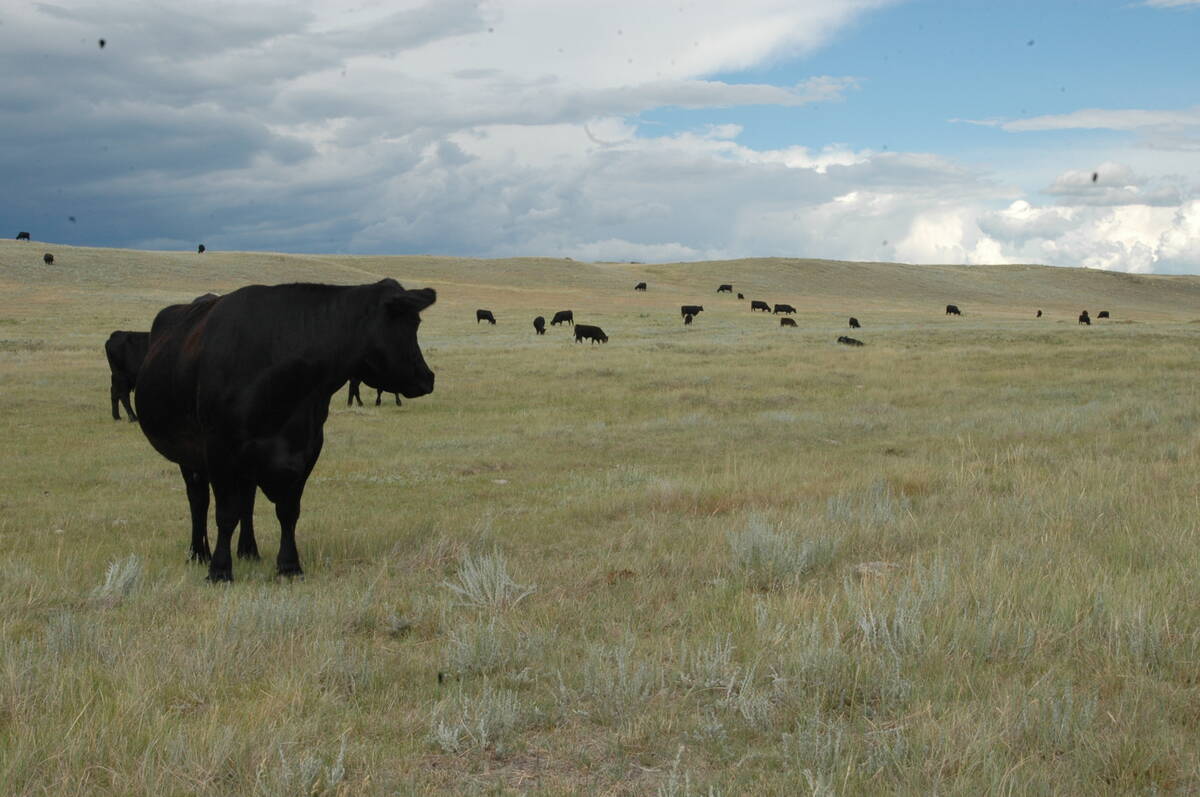BANFF, Alta. — Cozying up with strange bedfellows might be required if the pork industry is to become more sustainable, says a representative from the World Wildlife Fund.
Sandra Vijn, director of the WWF’s sustainable food team, was lead-off speaker at the annual Banff Pork Seminar in January, which was not lost on her or the 650 people in attendance.
“You might need to work with people that you’re a little uncomfortable with” to become more sustainable and efficient but also to reduce waste, said Vijn.
Read Also

Saskatchewan Cattle Association struggles with lower marketings
This year’s change in the provincial checkoff has allowed the Saskatchewan Cattle Association to breathe a little easier when it comes to finances.
“I know you guys are working hard on this…. What we need to do is work together.”
Modern farmers use less water, produce less greenhouse gas and take better care of soil and animals than their predecessors, said Vijn, but agriculture still uses about 70 percent of the Earth’s fresh water, and livestock produce more nitrogen and phosphorus than the Earth can deal with.
According to her figures, 40 percent of global land is used for food production, cropland and pasture, five percent is desert, 18 percent is mountains, lakes and rivers, two percent is cities and 12 percent is parks.
The remaining 23 percent could be used for food production by 2050, but much of it is now forested, used by wildlife and responsible for important processes such as air and water quality and carbon sequestration.
“We need to find solutions,” Vijn said.
“Over the next 40 years we need to produce as much food as we did in the last 8,000 years.”
Reducing food waste is part of the solution.
Vijn said one out of three calories is wasted around the world, and in the United States, estimates show 40 percent of food is wasted.
“It’s a shame because you work hard to produce that food,” Vijn told pork producers.
Demand for higher production has resulted in the conversion of grassland on the northern Great Plains to cropland at the expense of many native species.
Vijn spoke of initiatives to manufacture meat alternatives, use insects as a human protein food source and produce food without the use of soil or land.
However, she said not enough is known about the impact of such initiatives.
Vijn also referred to the Nutrient Recycling Challenge, which is a plan that the U.S. Environmental Protection Agency has developed to find technologies that will capture more nitrogen and phosphorus from manure.
“Keep an eye on this,” she said.
“There might be some really nice solutions.”
Vijn challenged pork producers to continue working on greater feed efficiency and reduce their land use and water consumption.
“Keep in mind that if all of you just become a little bit more efficient, that has huge impacts … on the environment, so you’re not carrying the burden all by yourself.”
A questioner challenged Vijn about WWF’s stance against genetic modification.
How can farmers produce more food without this technology, she was asked.
Vijn said the WWF looks at GM on a case-by-case basis.
“Genetics is not off the table,” she said.















